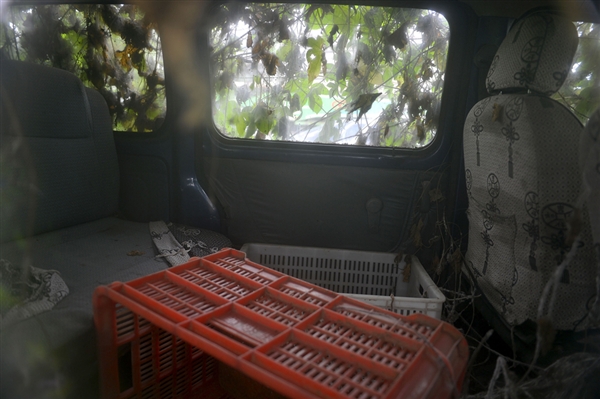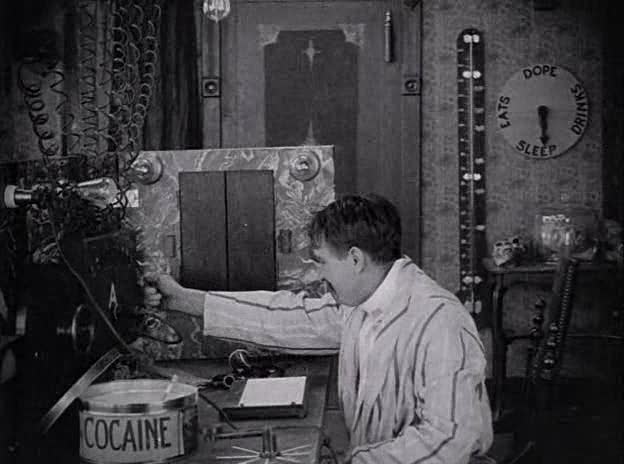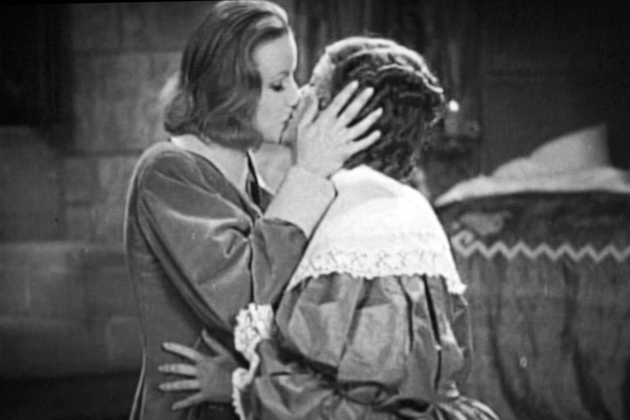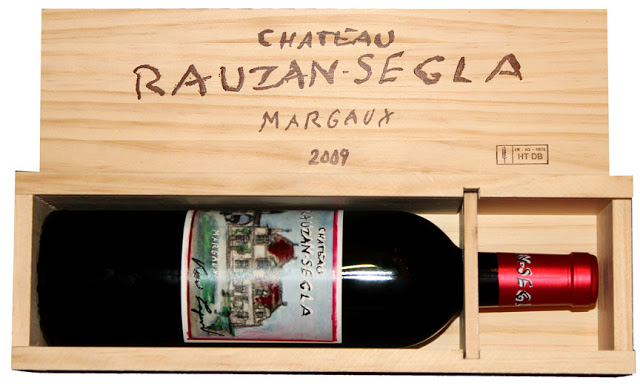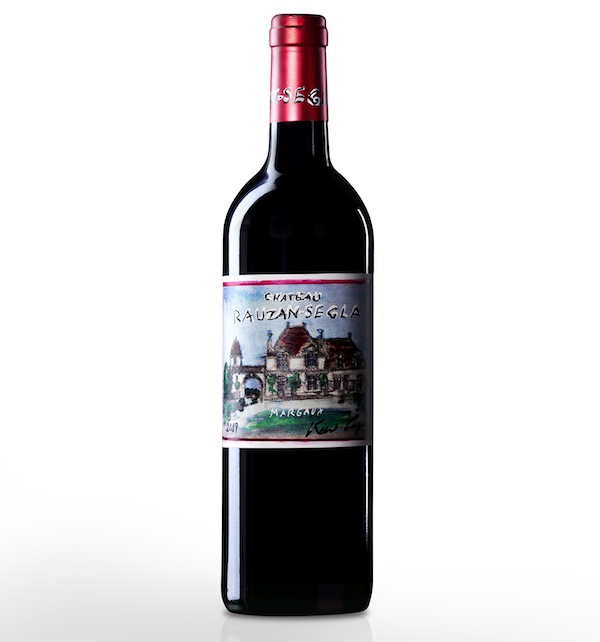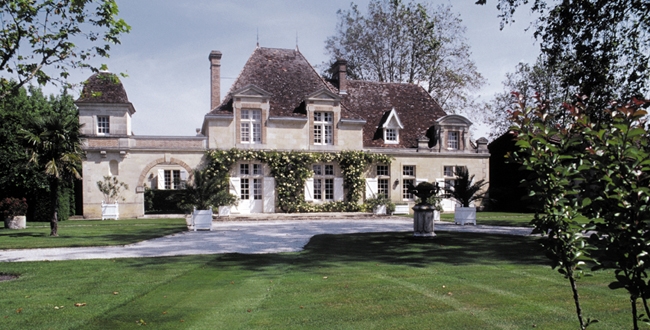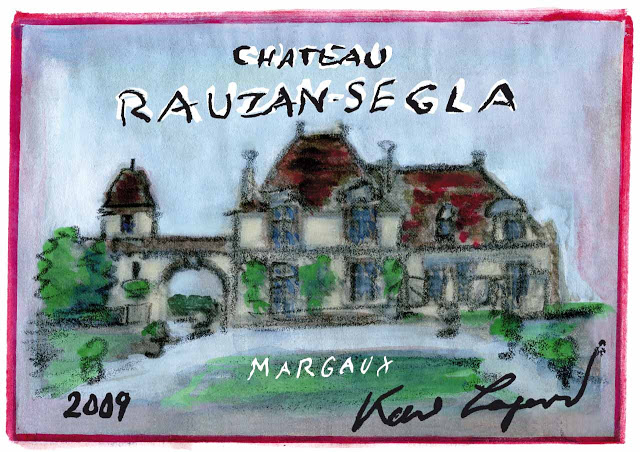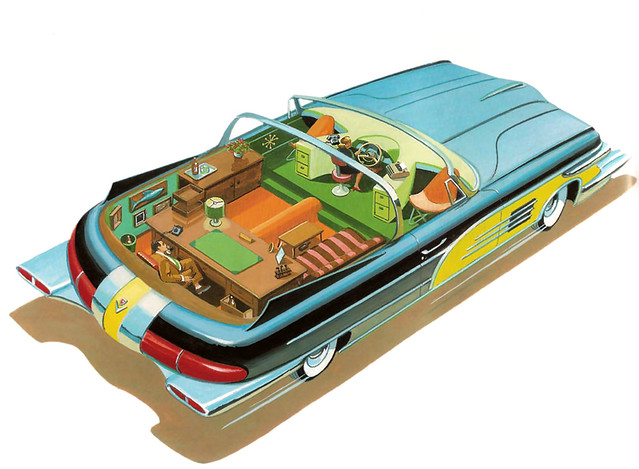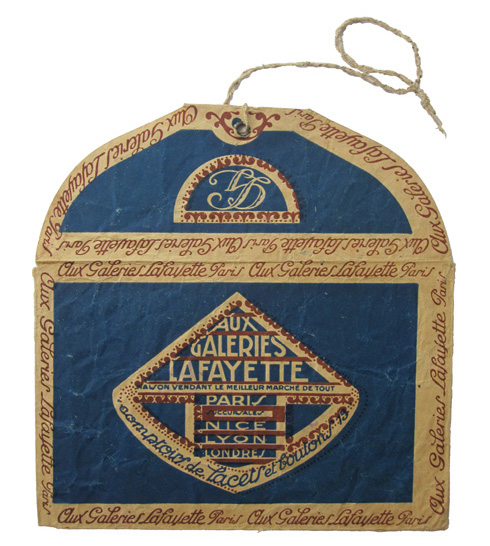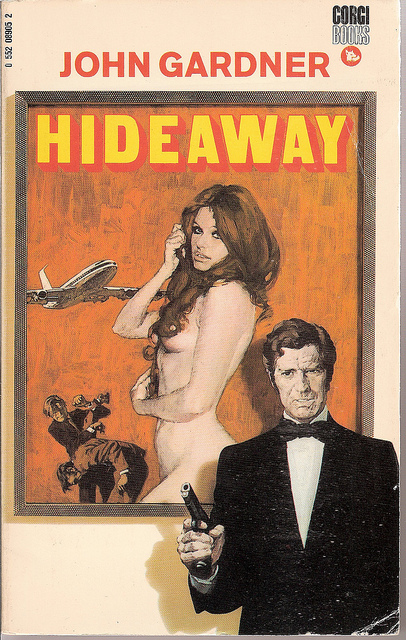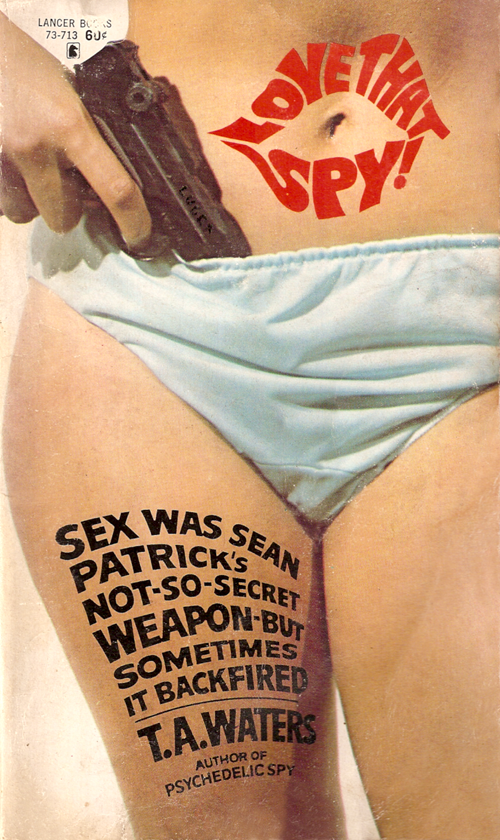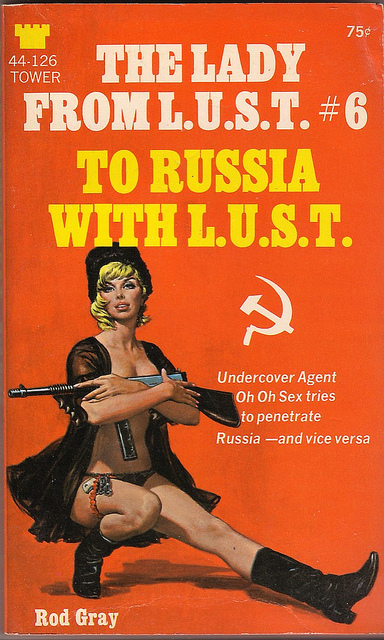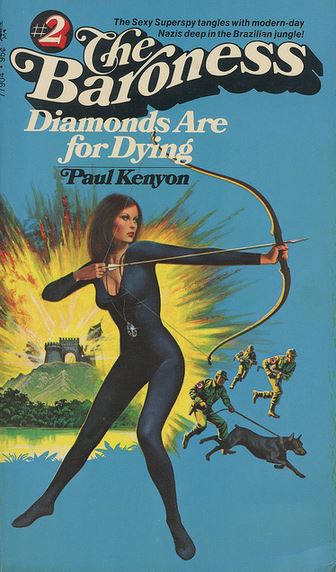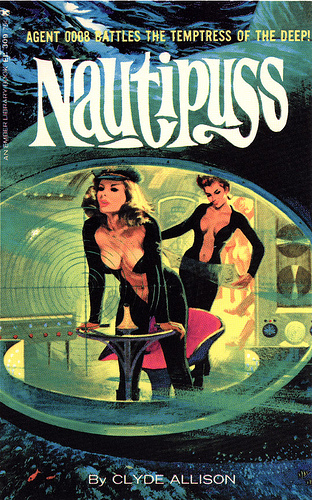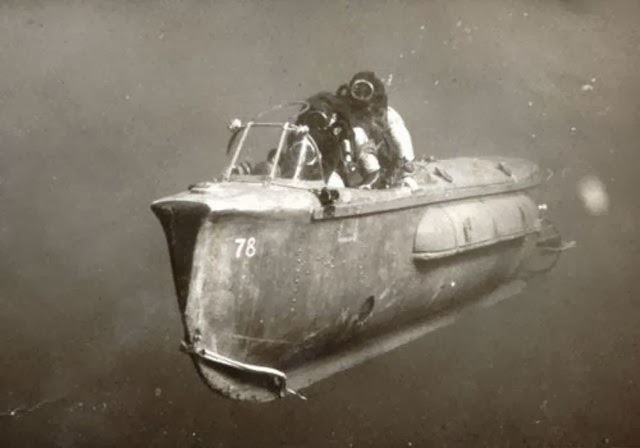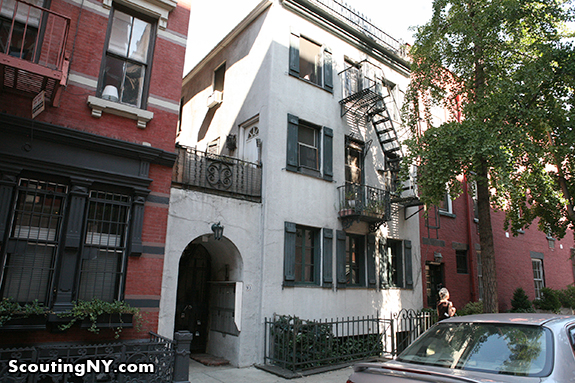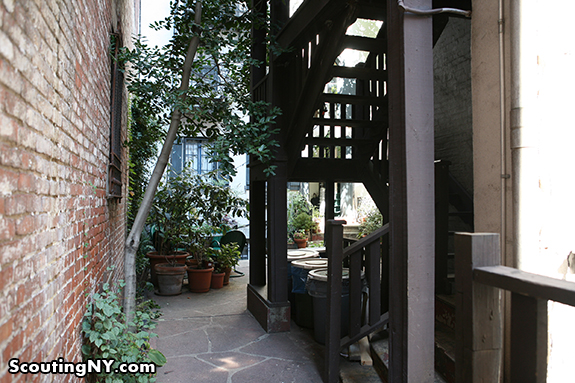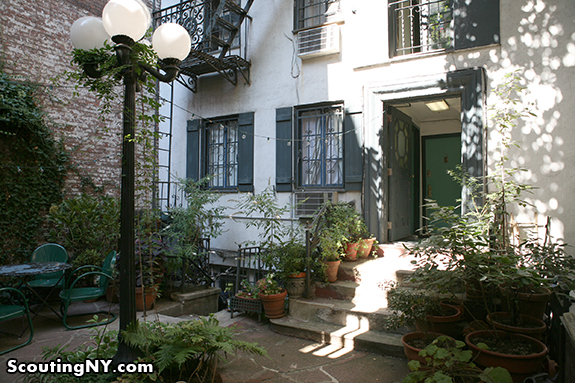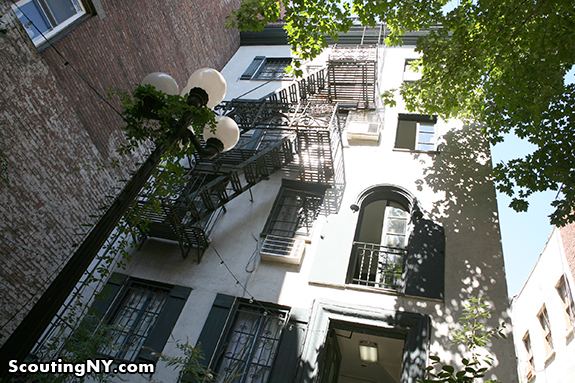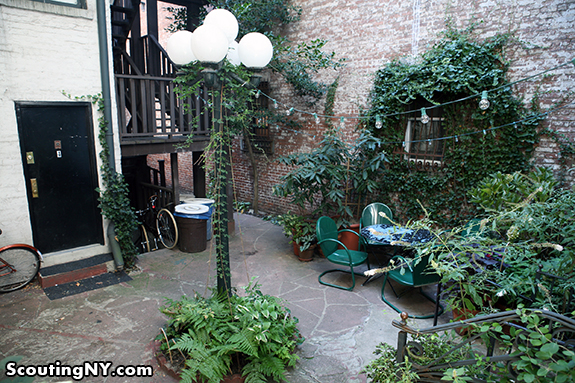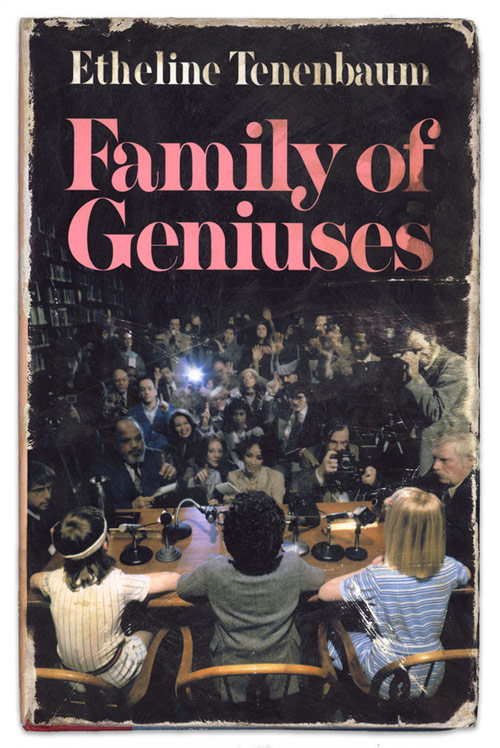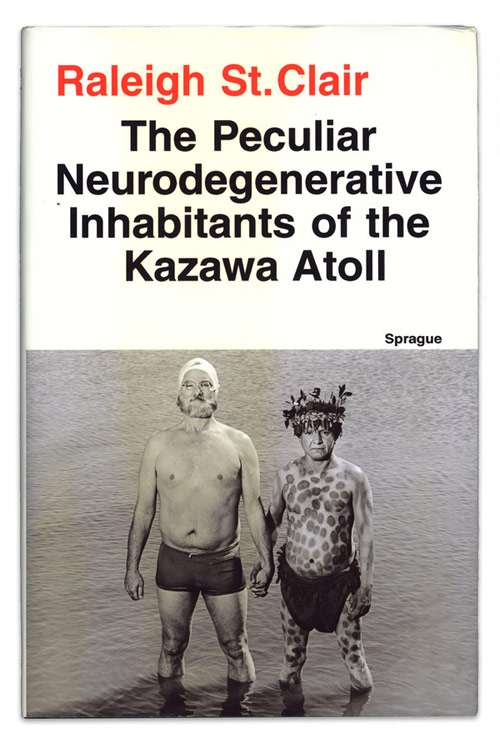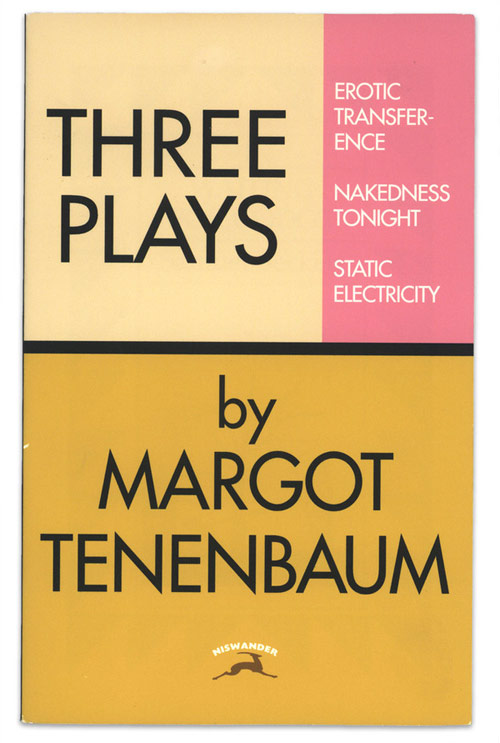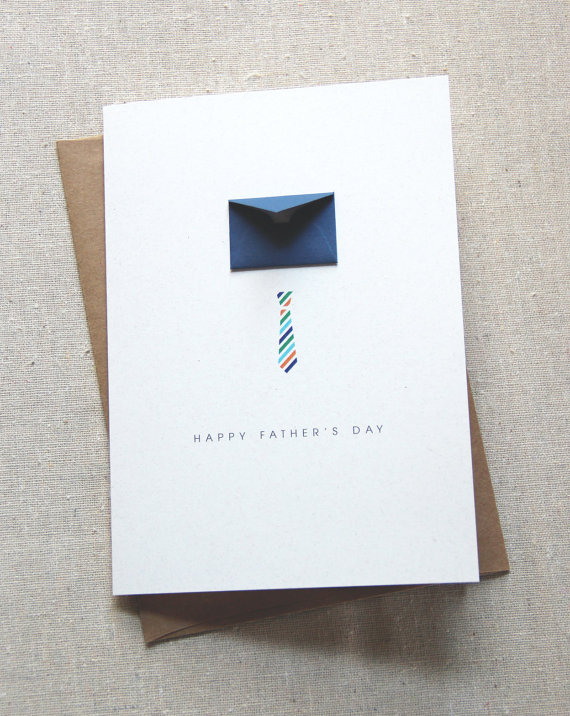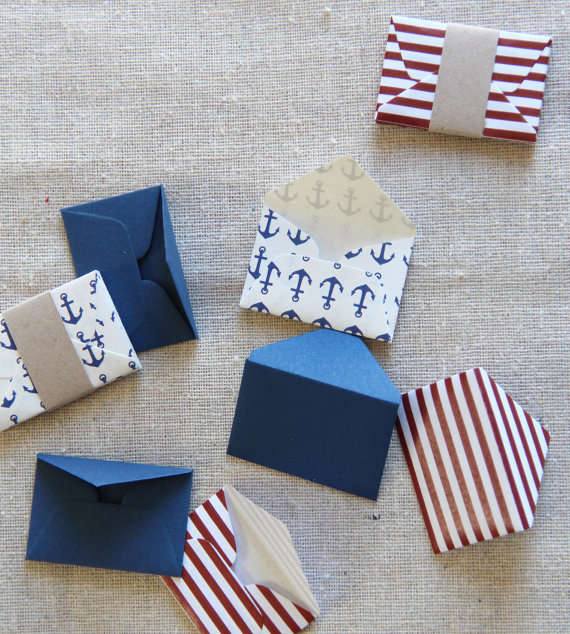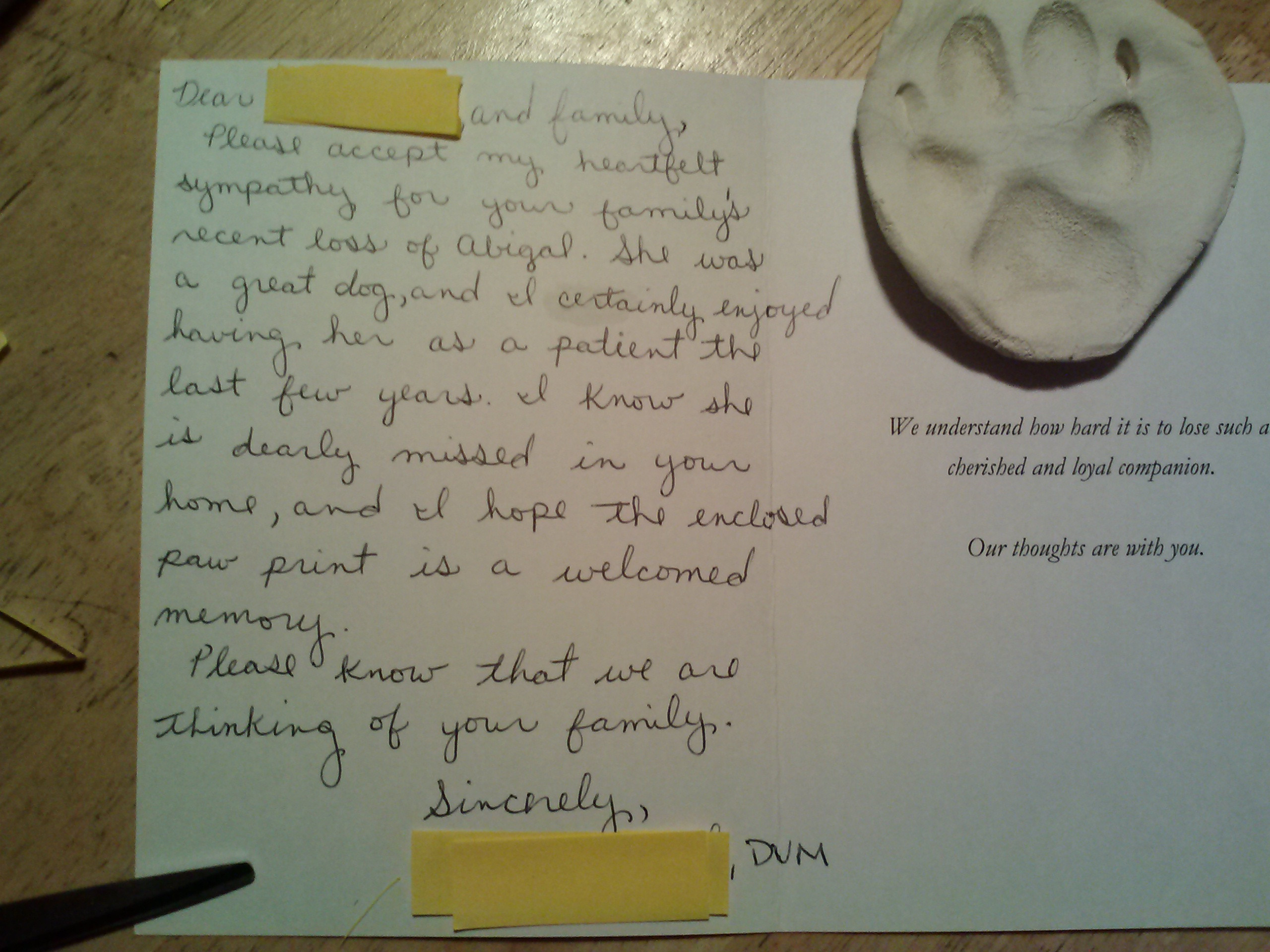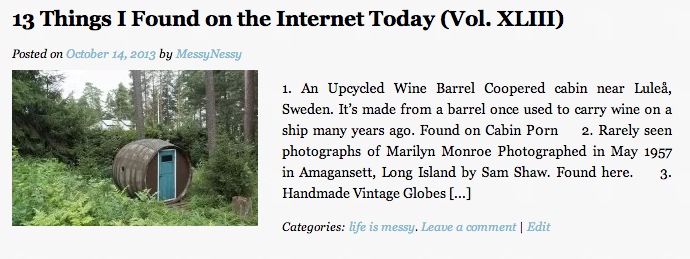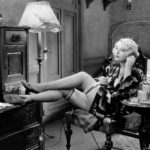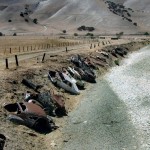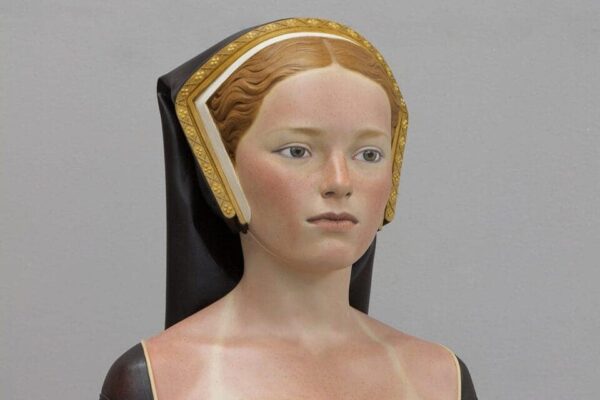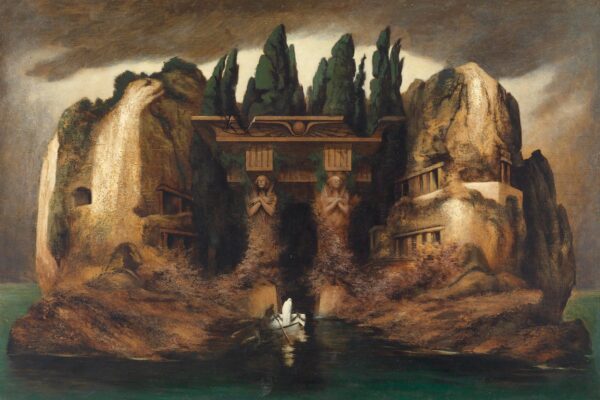1. Princess Leia off-duty
Carrie Fisher, 1983, found on Reddit
2. An Abandoned Car swallowed by Ivy found in Beijing, China
In China, abandoned cars are known colloquially as “jiangshiche,” or “zombie cars.” Police tried to remove the vines, but they were so thick and thorny that it was decided the vehicle should be towed away with the green foliage in place – a bizarre sight for other drivers. Officials used the license plate to identify the original owner, Wang Ping. He told police he had sold the vehicle three years ago but couldn’t remember anything about the buyer. Found on NBC News via This isn’t Happiness
3. Pre-Code Hollywood
Before the introduction of the film censorship guidelines in the 1930s (known as the Hays code), there was an era in Hollywood called “Pre-Code”, during which there were virtually no rules. In this earlier screen still from The Mystery of the Leaping Fish (1916), about a detective that solves crimes while being addicted to cocaine, both the drug and the use of syringes is clearly visible. When the Hays Code was adopted in 1930, Hollywood spent another four years ignoring it and making up their own laws. Films continued to be produced depicting sexual innuendo, profanity, illegal drug use, prostitution, infidelity, abortion or intense violence. Strong female characters dominated films and nefarious characters were seen by many as heroic rather than evil. Acting legend Clark Gable got his start during the four year era, which spawned many great, sexual and idiosyncratic films like Frankenstein and Freaks that were years ahead of their time.
Greta Garbo’s bisexual character in the precode era film ‘Queen Christina’ (1933).
Found on Let’s Misbehave: A Tribute to Pre-Code Hollywood
4. Wine by Chanel
So, I was totally unaware that Chanel also makes its own wine. In 1994, the fashion house acquired the neglected Château Rauzan-Ségla winery, founded in 1661 by Pierre de Rauza. The Wertheimer family which owns Chanel, installed a new winemaking team and have been credited with reviving the estate’s wine production and continuing to push the quality ever higher. Karl Lagerfeld lent his signature style to the label of the 2009 vintage that retailed for $129.
The vineyard extends 51 hectares with the grape variety distribution of 61% Cabernet Sauvignon, 35% Merlot and 2% each of Cabernet Franc and Petit Verdot. The grand vin is Château Rauzan-Ségla, with an annual production of 8000 cases, and the surplus wine is destined for the second wine named Ségla.
Found on Kenton Magazine
5. The Bossmobile
1972 National Lampoon by Bruce McCall, found on Flickr.
6. Galerie Lafayette Tag, 1920s, Paris
Galeries Lafayette is still a grande dame of a department store but in the 1920s it was even grander than that. As the Arts Decoratifs took over 1925 Paris, the store was pretty much the centre of fashionability. This envelope is from around that period, I think. Its lovely graphics are crammed with little references to the decorative architectural notions the store was covered in at that time … The envelope text references the laces and buttons department. And it was for putting laces and buttons inside, I should think, when madam had made her choice… Ahh. To be shopping in Paris in 1925. Grabbing a copy of Gazette du Bon Tonand a couple of new buttons for refurbishing the somewhat worn Poiret coat – on the way to meet a friend for a Café au lait. I found this envelope on a cold Saturday in Paris a few years ago. There is a long winding flea market there called Port De Vanves that is always worth the trek.
Found on Shelf Appeal
7. Bogus Bond Pulp Fiction
During the 1960s there seemed to be a series of, let’s call them for want of a better expression, pulp fiction novels based around imitating successful spy series of the time including The Avengers, The Man from U.N.C.L.E. and inevitably James Bond. Found on Voices of East Anglia
8. A Manned Torpedo
The manned torpedo, also known as the “Chariot,” was unique. Primarily used to attack enemy ships still in harbor, the Chariots needed “pilots” to “drive” them to their targets. Sitting astride the torpedo on a vehicle that would transport them both, the pilot would guide the missile as close to the target as possible, then ride the vehicle back, usually to a submarine. The Chariot was an enormous advantage; before its development, the closest weapon to the Chariot was the Japanese Kaiten–a human torpedo, or suicide bomb, which had obvious drawbacks. The manned torpedo proved to be the most effective weapon in the Italian naval arsenal, used successfully against the British again in December 1941 at Alexandria, Egypt. Italian torpedoes sank the British battleships Queen Elizabeth and Valiant, as well as one tanker. They were also used against merchant ships at Gibraltar and elsewhere.
Found on the Declaration Clothing blog
9. A Secret Courtyard in New York
The author of Scouting NY was wandering around the West Village when he stumbled upon an unusual stuccoed building at 93 Perry Street.
The building tucked behind 93 Perry Street is an example of a “backhouse” – essentially, a property built behind a main dwelling before strict property laws were enacted in the 1860s and 1870s to prevent overcrowding.
Scouting NY did some further research and found an article from 1924 in the NY Evening Post on the property:
“Everything about [93 Perry Street] is lost. Name, country, identification of any sort…One boarded house, with several layers of steps leading up to a heavy frayed balcony, seems to have been left over from the past centuries, and the wash basket hanging neglected from the side wall appears utterly neglected. Behind a fence, clotheslines swing from house to house, fluttering fitfully with community apparel that may never be reclaimed by the rightful owners. Some people have lived there for years, and are still at a loss for an address. If the old alley ever had a name, it has long ago retired into relentless obscurity never to reappear in the annals of the New York directory…No one ventures a definite solution of the mystery. But there is singing from an open window where bright flowers edge the sill, and the least tinge of corned beef and cabbage in the air. Everybody’s happy – and what’s in a name?”
The NY-based blog also found that horror author H.P. Lovecraft featured 93 Perry street in his 1925 short story He, about a man who offers to show the narrator the secrets of the town along with its mysterious history of the Native American rituals that were once practiced on New York soil…
“Then, on a sleepless night’s walk, I met the man. It was in a grotesque hidden courtyard of the Greenwich section, for there in my ignorance I had settled, having heard of the place as the natural home of poets and artists. The archaic lanes and houses and unexpected bits of square and court had indeed delighted me…”
Find more secrets about this courtyard at Scouting NY
10. The Game of Thrones Travel Guide
Found on CheapFlightsUK
11. Wes Anderson Movie Props: The Royal Tenembaums Book Covers
Found on Booooooom
12. Tiny Envelope Greeting Cards
Hand-sketched illustrations and teeny tiny envelopes that include blank cards for writing your own custom messages.
Shop Lemon Drop Papers, found on Etsy
13. Paw Print (an unexpected note from the vet)
Found on Imgur
:::
13 MORE THINGS:





